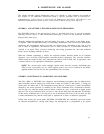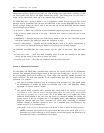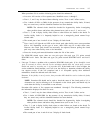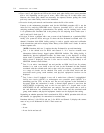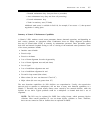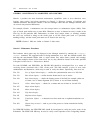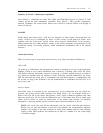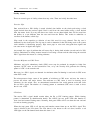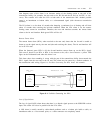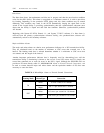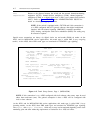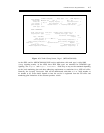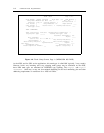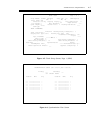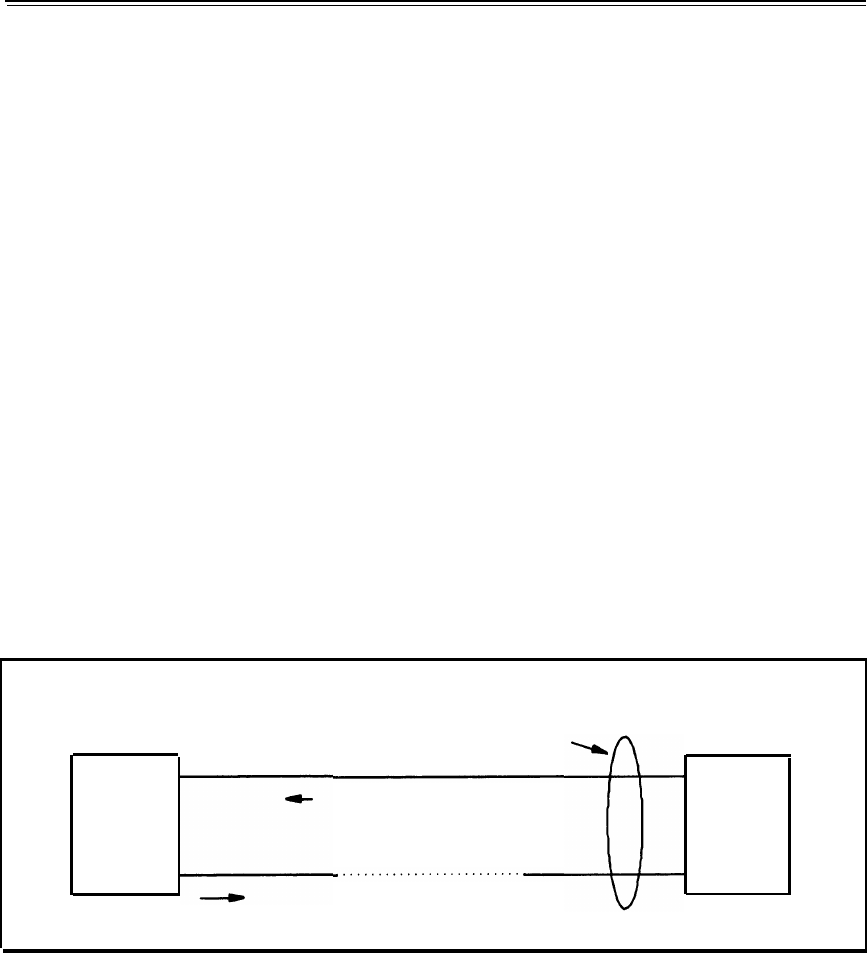
MAINTENANCE AND ALARMS
8-9
One frequent cause of this alarm is an incorrect setting of the framing option at one end of the
transmission facility (for example, the near end set for the D4 and the far end set for ESF, or vice-
versa). This scenario will cause the LFA at both ends of the transmission link. Another possible
cause is an intermittent or broken cable, or a rain-attenuated signal (with microwave transmission
facilities).
The LFA alarm is on for about 10 seconds after detecting a continuous loss of framing and will clear
about 15 seconds after restoring the in-frame condition. When the LFA alarm is on, the remote-
framing status cannot be ascertained. Therefore, the near end interface transmits the remote frame
alarm to the far end interface. Both green LEDs will be off.
Remote Frame Alarm
The remote frame alarm (RFA), when received at the near end, shows that the far end is unable to
frame up on the signal sent by the near end (the end receiving this alarm). The far end interface will
be in an LFA state.
When the (bottom) green LED is off, the far-end interface cannot frame up on the DS1’s signal.
This event is known as an RFA. A RFA is also known as the yellow alarm because a yellow LED
lights on the D4-channel bank when this alarm is on.
This alarm shows that something is wrong with the part of the transmission facility that transmits the
DS1’s signal from the near end to the far end. This alarm may be caused by a broken conductor in
the transmission cable wiring. Figure 8-1, Facilities Generating the RFA, shows this scenario.
(NEAR END)
DS1
TRANSMISSION LINK
(FAR END)
DS1
IN
RFA
ALARM
STATE
RFA ALARM SIGNAL
IN
LFA
ALARM
STATE
BROKEN CABLE
Figure 8-1. Facilities Generating the RFA
Loss of Signal Alarm
The loss of signal (LOS) alarm shows that there is no bipolar signal present at the ISDN-PRI receiver
input. This alarm will occur in parallel with the LFA alarm.
A LOS alarm is usually caused by cable-related problems such as a broken pair inside a cable, an
intermittent cable at a cross-connect point, or a cable connector not completely seated.



